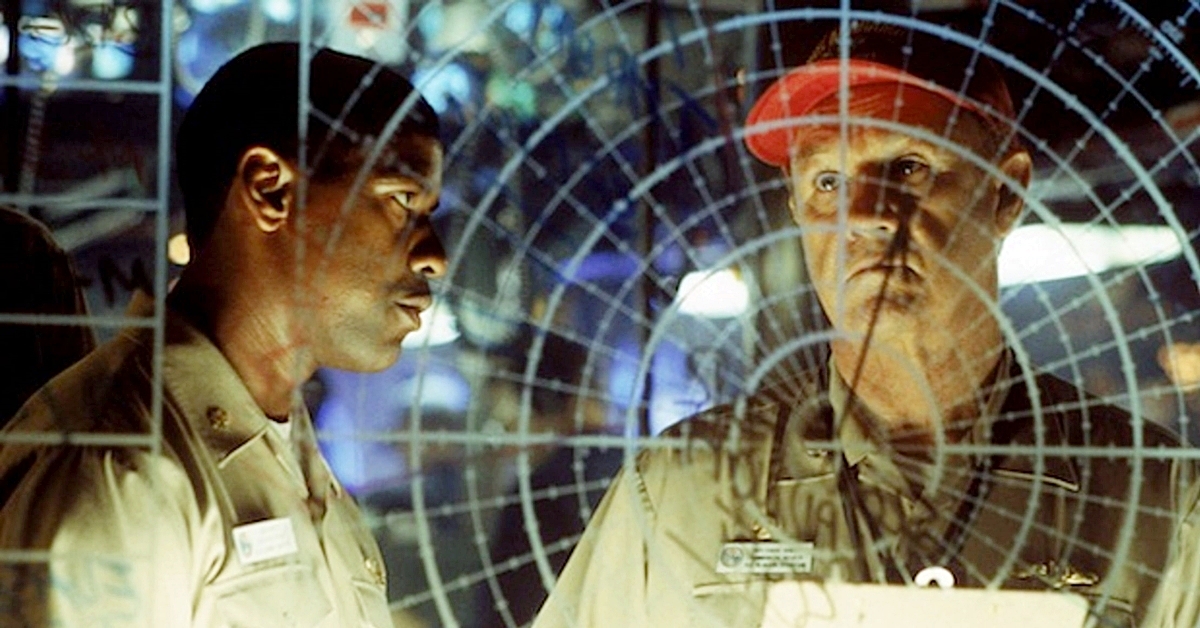Featuring dialogue even faster than the missiles that Russian nationalists threaten to launch on the United States and Japan in the movie, Crimson Tide somehow made life on a submarine seem fast and furious rather than slow and tiresome.
Released in 1995, Crimson Tide was directed by the late Tony Scott, and sees a US submarine’s recently appointed Executive Officer, played by Denzel Washington, clash in a big way with its more experienced Commanding Officer, played by Gene Hackman.
Below are some things you probably didn’t know about this truly intense piece of 90s cinema.
20. The film was inspired by a real-life attempted mutiny during the Cuban Missile Crisis

The plot of Crimson Tide is loosely based on a real-life clash of wills that occurred on a nuclear submarine during the Cuban Missile Crisis.
[rtk_adunit_top]
The main difference is that the real incident occurred on a Soviet submarine rather than a US one.

The sub in question was Soviet Submarine B-59, which found itself out of contact with the Russian mainland during the most heightened point of the Cold War.
[rtk_adunit_middle]
Believing they were at war, officers on board the vessel considered firing upon US ships with their nuclear arsenal.
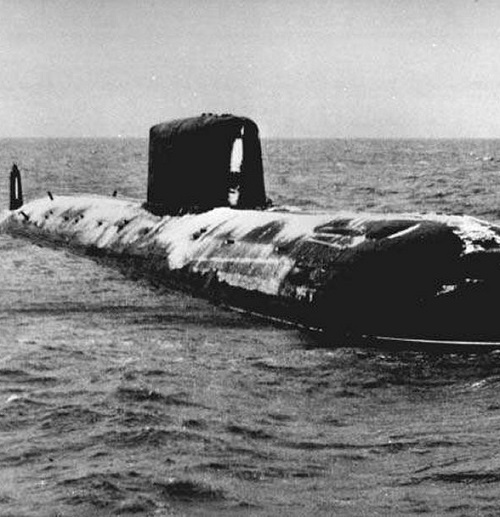
However, such a launch required the approval of three key officers on board, and as they did not all agree on the course of action, no torpedoes were fired.
[rtk_adunit_bottom]
The Cuban Missile Crisis nearly resulted in the obliteration of the world as a result of hawkish leadership – and that’s not even taking potential mutinies into account!
19. The producers got the idea for the film after watching a Discovery Channel documentary

Crimson Tide producers Don Simpson and Jerry Bruckheimer were already known for taking inspiration from unusual sources for their movies.
[rtk_adunit_top]
Most notably, their 1986 hit Top Gun – also directed by Crimson Tide’s Tony Scott – was adapted from a magazine article about Navy fighter pilots.

In the case of Crimson Tide, they were inspired by a four-part documentary series that aired on the Discovery Channel in 1993.
[rtk_adunit_middle]
The producers put production wheels in motion after watching the show, which was called Submarines: Sharks of Steel.
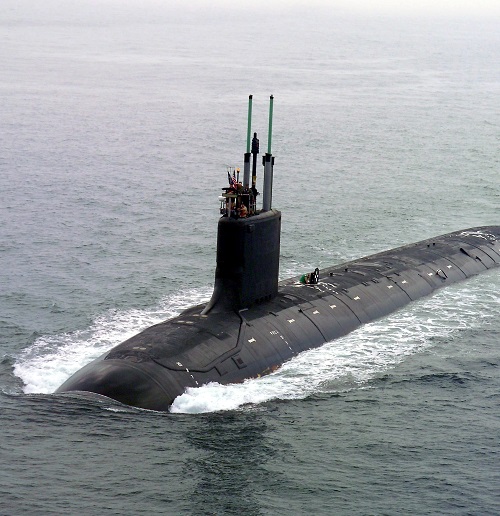
Michael Shiffer was then hired to write a screenplay; Schiffer worked out the story with Richard P. Henrick, a novelist who specialises in Naval thrillers.
[rtk_adunit_bottom]
18. The team were allowed on a real US nuclear submarine for research

As part of their research, a number of the team involved in making Crimson Tide were given permission to visit a real US nuclear submarine.
[rtk_adunit_top]
The sub in question was the USS Florida, which the filmmakers were granted access to by the US Navy in the film’s early stages.

Those allowed on board the vessel included director Scott, producers Simpson and Bruckheimer, and writers Schiffer and Hendrick.
[rtk_adunit_middle]
While on board they witnessed the Florida’s real Executive Officer Lieutenant Commander, William Toti, perform many of the same functions that Denzel Washington does in the film.
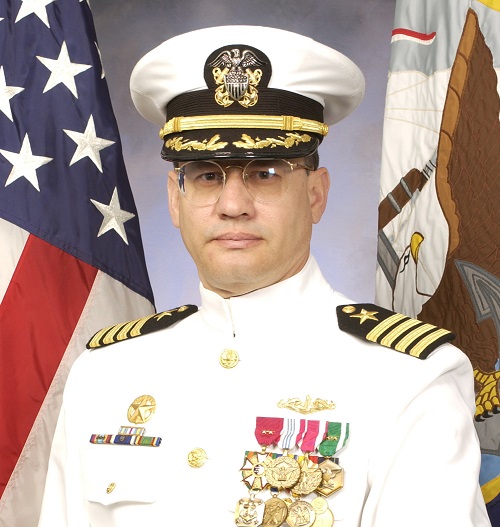
Videotapes of this visit were later given to Washington, who modelled his performance closely on Toti.
[rtk_adunit_bottom]
17. The original version of the script was completely implausible

The preliminary research carried out by Scott and co proved invaluable, as it completely derailed the crux of the screenplay’s first draft.
[rtk_adunit_top]
Initially, Crimson Tide was about a submarine crew trying to stop their vessel’s computer from launching nuclear missiles and starting a new world war.

However, the US Navy informed filmmakers that their planned storyline was implausible, as there is no computer on a Trident submarine that can launch missiles.
[rtk_adunit_middle]
This necessitated a total rethink of the story, and eventually they realised the most dramatic solution was to show officers in conflict over whether or not to order a nuclear strike.
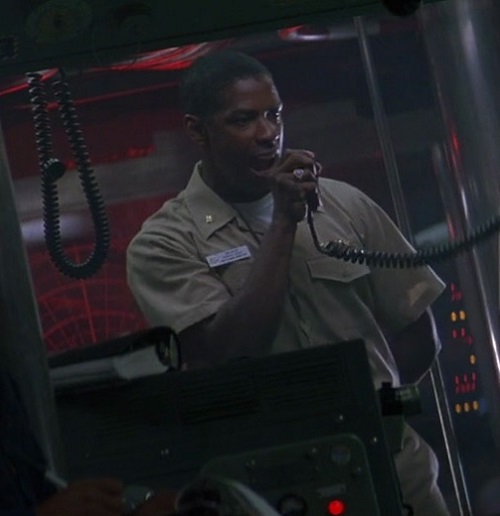
However, while this decision may have resulted in a more intense and human drama, it had consequences for the production.
[rtk_adunit_bottom]
16. The US Navy refused to assist the production any further when it turned out the film was about a mutiny

The US Navy had co-operated closely with Tony Scott, Don Simpson and Jerry Bruckheimer on Top Gun, which did wonders for applications to their pilot training programme in the late 80s.
[rtk_adunit_top]
Initially the USN had been happy to work with the filmmakers on Crimson Tide, when they thought it was going to be about officers trying to override a fictitious computer system.

However, things changed when the computer idea was scrapped in favour of a scenario which centres on a mutiny on-board a US submarine.
[rtk_adunit_middle]
At that point, the US Navy refused to assist with the production of Crimson Tide any further.

Instead, filmmakers approached the French Navy, who allowed them use of an aircraft carrier and a Triomphant-class submarine.
[rtk_adunit_bottom]
15. Gene Hackman was only third choice to play Captain Ramsey after Warren Beatty and Al Pacino

It might seem hard to believe after seeing his amazing performance in the film, but Gene Hackman was not the original choice to play Crimson Tide’s Captain Frank Ramsey.
[rtk_adunit_top]
In fact, the French Connection Oscar-winner was third on the wish list for the role, behind two other Hollywood heavyweights.
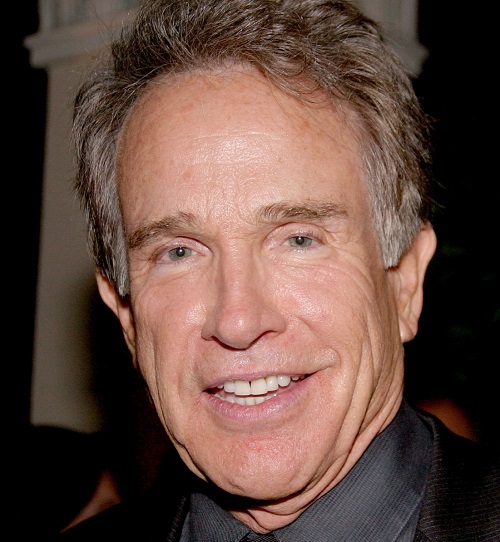
Number one on the list was Warren Beatty, the film legend who had not long since had two big hits in Dick Tracy and Bugsy.
[rtk_adunit_middle]
Second on the list was Al Pacino, fresh from his long-overdue Oscar win for 1992’s Scent of a Woman.

Alas, both actors took a long time deciding whether they should commit to the role, so Gene Hackman landed it by saying yes far more promptly.
[rtk_adunit_bottom]
14. Brad Pitt originally wanted Denzel Washington’s role

At that early stage in the casting process, many younger actors in Hollywood were keen to land the role of Lieutenant Commander Ron Hunter.
[rtk_adunit_top]
One actor who pushed particularly hard for the role was Brad Pitt, who was just breaking through as a major star at the time.
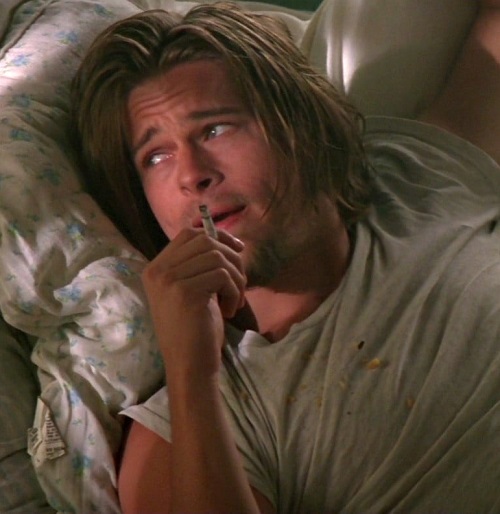
Pitt had previously worked with Crimson Tide director Tony Scott, appearing in a small but memorable role in 1993’s True Romance.
[rtk_adunit_middle]
However, Pitt was only really eager to play Lt. Commander Hunter when it looked like Al Pacino was going to play Captain Ramsey, as he was keen to work with the film legend.

Once Pacino was officially out of the running, Pitt also withdrew his interest in the part, clearing the path for Washington.
[rtk_adunit_bottom]
13. Tony Scott may have got footage of the real USS Alabama illegally

The US Navy may have denied the Crimson Tide crew access to their submarines, but the story is still set aboard a genuine American sub.
[rtk_adunit_top]
The story takes place aboard the USS Alabama, the sixth Ohio-class nuclear-powered fleet ballistic missile submarine to have been put into service.
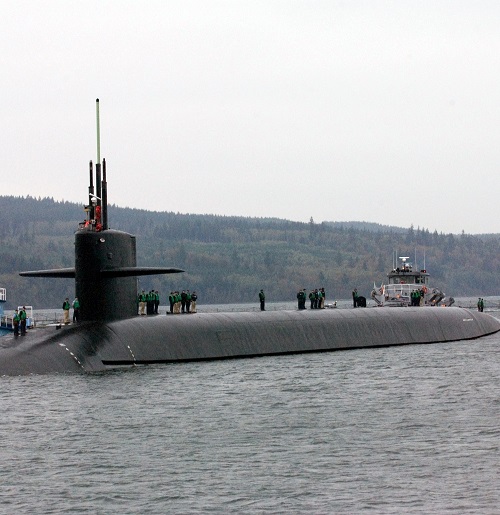
On the sly, director Tony Scott managed to get some footage of that very submarine for use in the film.
[rtk_adunit_middle]
The crew got word that a submarine – which, by happenstance, happened to be the Alabama itself – was leaving Pearl Harbor, and hastily shot some footage without a permit.

When quizzed on this, Scott insisted their actions were legal; whatever the case may be, no charges were ever filed.
[rtk_adunit_bottom]
12. Quentin Tarantino helped write the script

Crimson Tide’s screenplay may be credited to Michael Schiffer alone, but as is commonplace in Hollywood, numerous writers made uncredited contributions to the script.
[rtk_adunit_top]
One writer who worked on the script was Robert Towne, a Hollywood legend thanks to 70s classic Chinatown.

However, a rather more distinctive and personal mark was left on Crimson Tide’s screenplay by Quentin Tarantino, then a red-hot newcomer in Tinseltown.
[rtk_adunit_middle]
Remember Denzel Washington’s Ron Hunter arguing which Silver Surfer was the true Silver Surfer? That, along with some of the other pop culture references in the film, has Tarantino’s signature all over it.
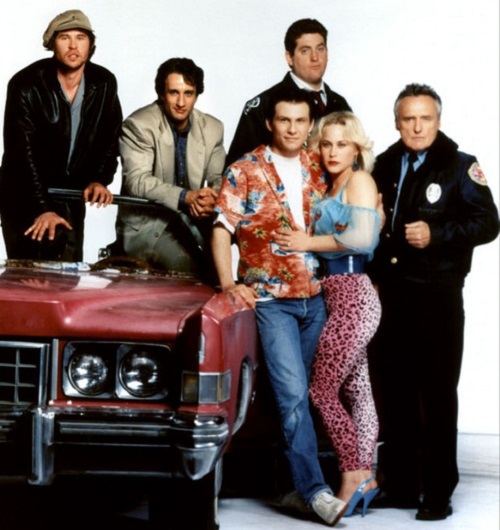
Tony Scott was instrumental in getting Tarantino hired for the movie, as the Pulp Fiction filmmaker had written Scott’s previous film True Romance.
[rtk_adunit_bottom]
11. Washington confronted Tarantino over his use of the N-word in the script

Star Denzel Washington – not long since an Oscar nominee for 1992’s Malcolm X – had strong feelings about Quentin Tarantino boarding Crimson Tide.
[rtk_adunit_top]
Writer, director and sometime actor Tarantino has long sparked controversy for his use of racial slurs in his early films Reservoir Dogs, True Romance and Pulp Fiction.
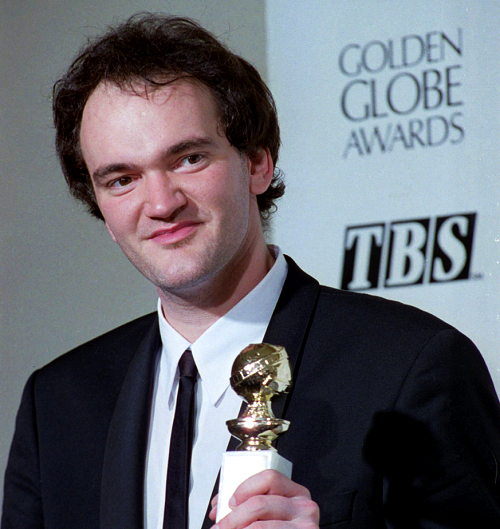
On the set of Crimson Tide, Washington publicly confronted Tarantino about this, and when Tarantino asked if they could discuss the matter more privately, Washington refused.
[rtk_adunit_middle]
In the years since, Washington has since apologised to Tarantino, praising the filmmaker as “a fine artist.”

The actor’s daughter Katia Washington has since worked with Tarantino on his 2012 film Django Unchained, as a production assistant.
[rtk_adunit_bottom]
10. Val Kilmer was offered a role but turned it down
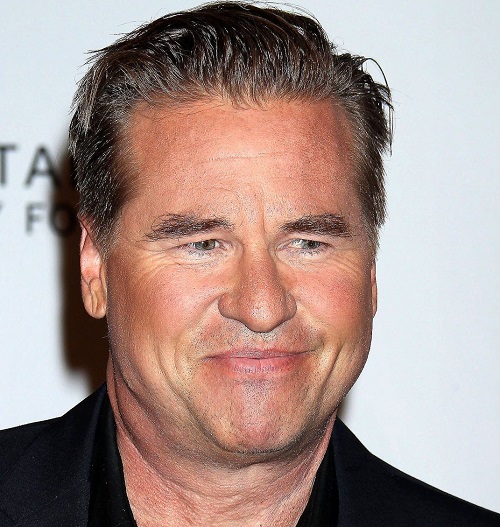
Scott, Simpson and Bruckheimer had a big role to play in launching Val Kilmer’s career, after casting him in Top Gun.
[rtk_adunit_top]
The 1986 film famously saw Kilmer play the calm and collected pilot Iceman, who clashes with Tom Cruise’s hot-headed Maverick in the high-flying blockbuster.

Kilmer – who had recently reunited with Scott on True Romance, in which he cameos as Elvis Presley – was reportedly offered a key role in Crimson Tide, but declined.
[rtk_adunit_middle]
Years later, the actor would admit that he considered turning down Crimson Tide one of his biggest professional regrets – not that 1995 was a bad year for Kilmer, as he made Batman Forever and Heat instead.
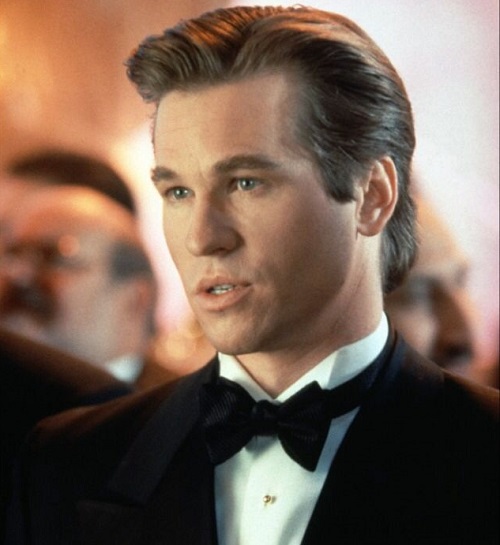
Exactly which part Kilmer had been asked to play in Crimson Tide has never been confirmed.
[rtk_adunit_bottom]
9. Gene Hackman accidentally punched Denzel Washington for real

One of the most heart-pounding moments in Crimson Tide sees the sailors turning on another, some siding with Hackman’s Captain Ramsey, others with Washington’s Lt. Commander Hunter.
[rtk_adunit_top]
Ramsey commands him, “Give me the missile key,” and when Hunter does not respond, the captain punches him in the face.

If Washington looks to be simmering with rage in that moment, it may not all be acting – as Hackman actually punched the star for real.
[rtk_adunit_middle]
Washington later revealed in an interview with Larry King that Hackman did so entirely by accident, but ultimately felt it helped the scene.

As Hackman simply explains, “(it) was tense” – and it isn’t too hard to imagine why.
[rtk_adunit_bottom]
8. The boxing montage was Denzel Washington’s idea

The original script for Crimson Tide offered no clue that Lt. Commander Hunter was a boxer.
[rtk_adunit_top]
However, Denzel Washinton suggested this be included in the film, and his director and producers concurred.
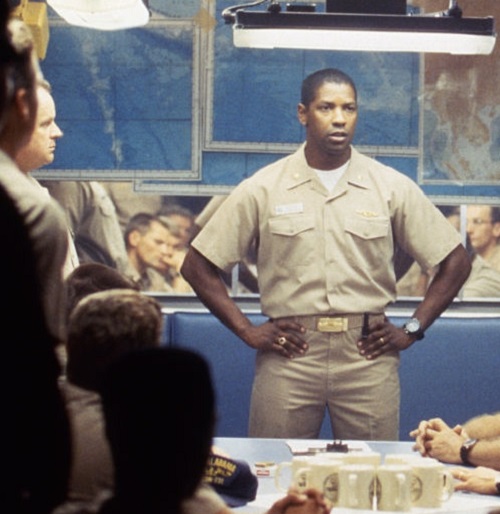
Hardly surprising given Scott, Simpson and Bruckheimer’s history incorporating sequences of gratuitous athleticism in their movies: they gave us Top Gun and its legendary beach volleyball scene, after all.
[rtk_adunit_middle]
Washington had reportedly been training heavily in boxing at the time, and wanted to put that practice to use on film.

The actor would later utilise those skills more extensively with his Oscar-nominated performance as Rubin Carter in 1999’s The Hurricane.
[rtk_adunit_bottom]
7. Composer Hans Zimmer clashed with the producers and director over one music cue

Crimson Tide features the musical stylings of Hans Zimmer, one of the most celebrated composers in film since the late 80s.
[rtk_adunit_top]
However, the composer found himself at loggerheads with the filmmakers over one specific music cue.
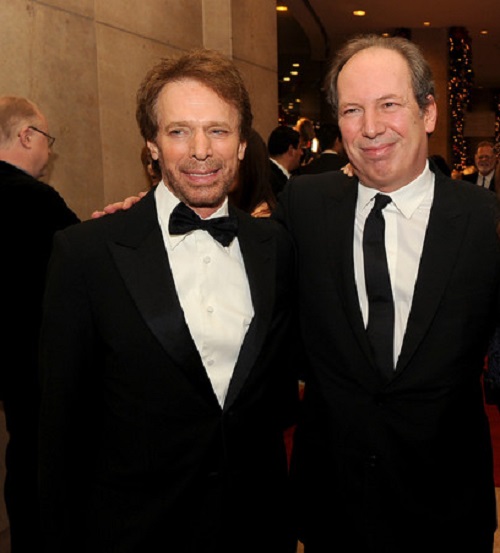
Zimmer said that he, Tony Scott and Jerry Bruckheimer would “(sit) there, we’d come in every day and we’d go at each other,” and this went on for a week until they were able to reach a compromise.
[rtk_adunit_middle]
This hard work paid off for Zimmer, though, as his work on Crimson Tide earned him a Grammy award.

Scott and Bruckheimer clearly held him in some respect, too, as they named a supporting character Lt. Zimmer in the composer’s honour.
[rtk_adunit_bottom]
6. It was the film debut of actor Ryan Phillippe

As well as boasting some well-established screen actors, Crimson Tide also brought a future star to the big screen for the first time.
[rtk_adunit_top]
A 21-year-old Ryan Phillippe makes his film debut in Crimson Tide as Seaman Grattam.

Prior to this, the American actor had only worked on television, most notably in soap opera One Life To Live.
[rtk_adunit_middle]
Crimson Tide helped propel the actor toward becoming a major teen idol in the late 90s, via such films as I Know What You Did Last Summer and Cruel Intentions.

He would later take roles in such acclaimed dramas as Gosford Park and Crash.
[rtk_adunit_bottom]
5. The title comes from the name of sports teams at the University of Alabama
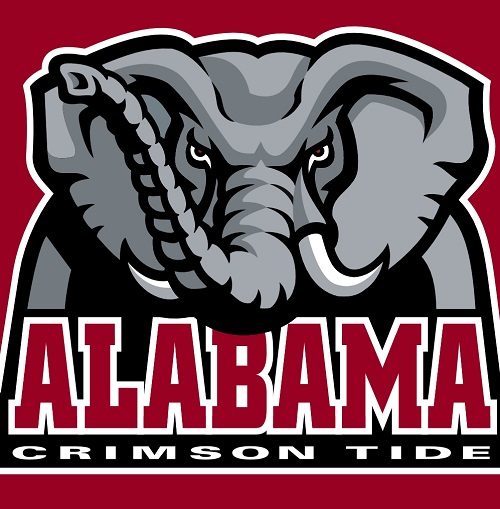
The Alabama connection in Crimson Tide is not limited to the name of the submarine, as the title in fact relates to the University of Alabama.
[rtk_adunit_top]
You would be forgiven for assuming (as we did) that Crimson Tide was chosen as the film’s title as it suggests blood on the high seas; and with the colour connection, it feels like a play on The Hunt for Red October.
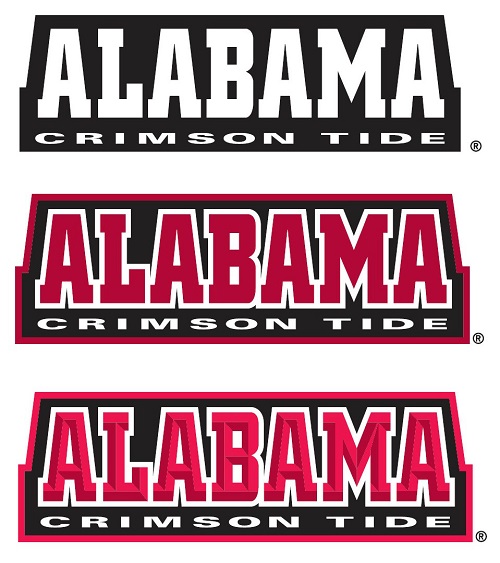
In fact, the Crimson Tide is the nickname for the sports teams of the University of Alabama.
[rtk_adunit_middle]
It may be that director Tony Scott felt a personal connection to Alabama, as this was also the name of Patricia Arquette’s female lead in the director’s previous film True Romance.
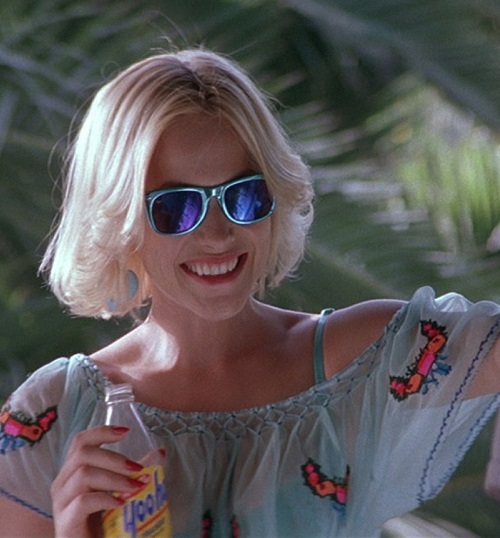
Bonus trivia: there’s also a real battleship named the USS Alabama, which served as the set for 1992 Steven Seagal movie Under Siege.
[rtk_adunit_bottom]
4. Former FBI Director Robert Mueller quoted the film in meetings with officials

Prominent public figures occasionally like quoting movies: remember how much Ronald Reagan liked putting lines from Back to the Future in his speeches?
[rtk_adunit_top]
This was also true of Robert Mueller, the former real-life Director of the FBI.
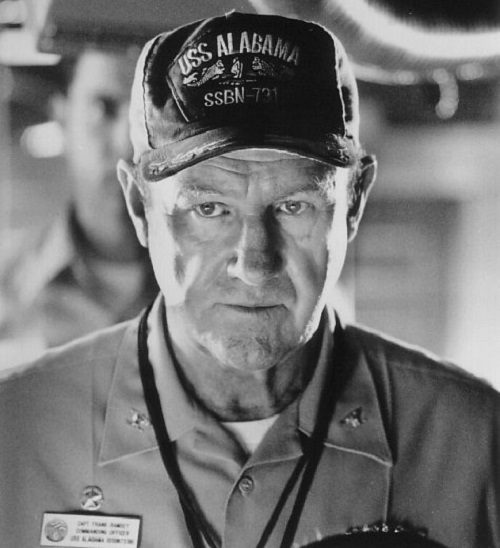
Reportedly during his tenure in the role, Mueller was very fond of repeating one of Gene Hackman’s Crimson Tide lines.
[rtk_adunit_middle]
The line Mueller took such a liking to was “we’re here to preserve democracy, not to practice it.”
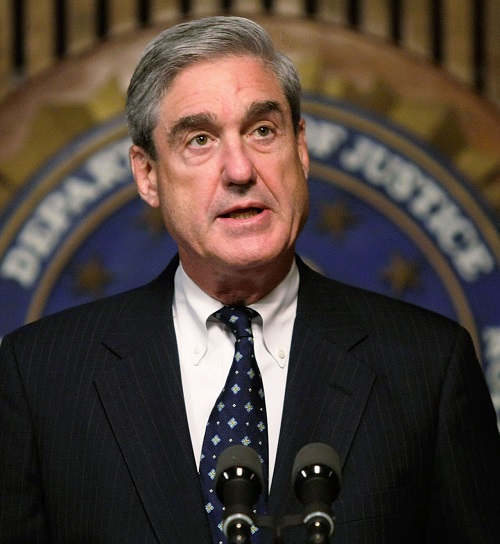
Reportedly the Director would often use this line in his meetings with the FBI’s senior leadership.
[rtk_adunit_bottom]
3. An extended cut was released in 2006

11 years after Crimson Tides first hit the big screen, an extended edition was released to home entertainment.
[rtk_adunit_top]
This new cut of Crimson Tide, which hit DVD in 2006, featured around seven minutes of previously deleted footage.

Don’t worry too much if you’ve missed this version, though, as it really doesn’t add much.
[rtk_adunit_middle]
The additional seven minutes mostly comes from various existing scenes being several seconds longer, plus a two minute dialogue exchange between Washinton’s Hunter and George Dzundza’s COB Walters, and a longer courtroom scene at the end.
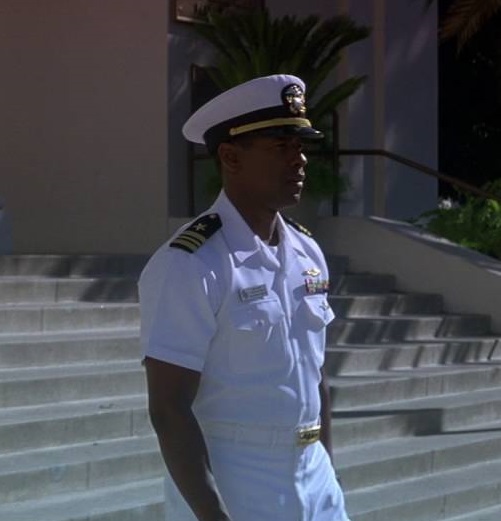
As these scenes ultimately didn’t serve much purpose, they were once again cut from the film when it was released on Blu-ray only two years later.
[rtk_adunit_bottom]
2. It was the third of four times Tony Scott cast James Gandolfini

Crimson Tide marked the third occasion that actor James Gandolifini appeared in a film directed by Tony Scott.
[rtk_adunit_top]
After appearing very briefly as an unnamed henchman in Scott’s 1991 film The Last Boy Scout, Gandolfini made a bigger impression as the menacing hitman Virgil in 1993’s True Romance – making him an obvious choice for Crimson Tide’s similarly sinister Lt. Bobby Dougherty.
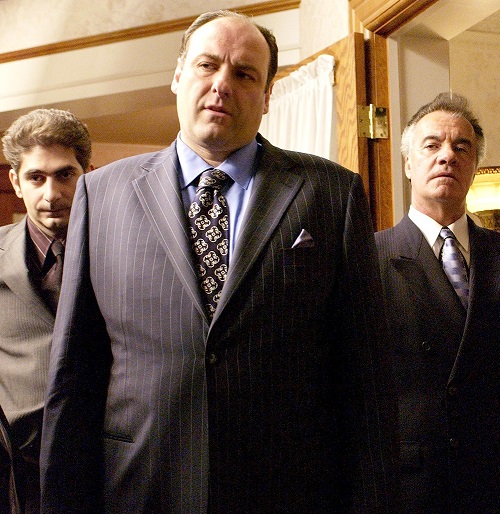
Reportedly, it was on the strength of his scene-stealing turn in True Romance that the Italian-American actor landed what proved to be his signature role as the lead of TV’s The Sopranos.
[rtk_adunit_middle]
After Crimson Tide, Gandolfini would work with Scott (and Denzel Washington) one last time in 2009’s The Taking of Pelham 123, in which he portrays the Mayor of New York.
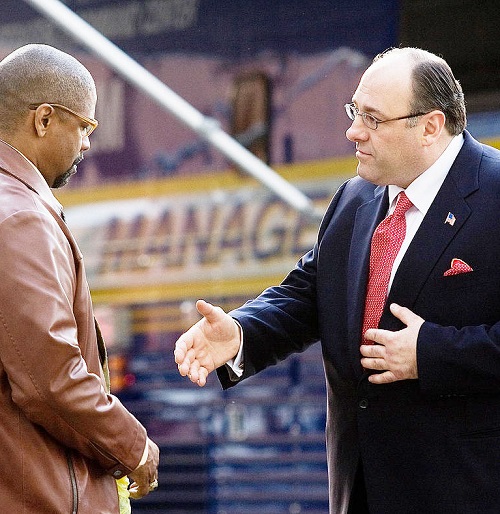
Gandolfini sadly passed away of a heart attack in June 2013, aged just 51; he was survived by his wife Deborah Lin, and two children.
[rtk_adunit_bottom]
1. It was the first of five films Tony Scott made with Denzel Washington
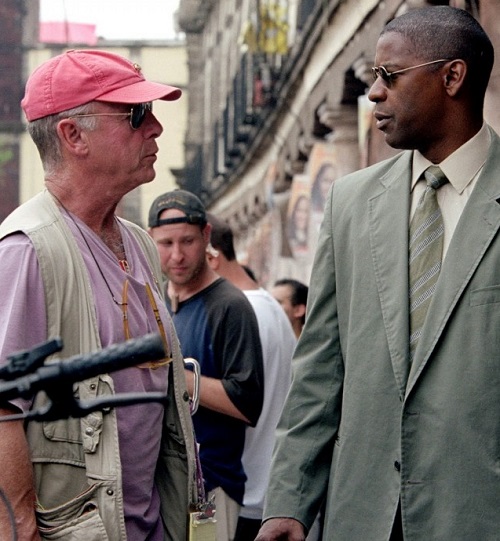
On release, Crimson Tide was notable for being the fourth time Tony Scott had worked with producers Don Simpson and Jerry Bruckheimer – after Top Gun, Beverly Hills Cop II and Days of Thunder.
[rtk_adunit_top]
The 1995 film also marked the beginning of another fruitful professional relationship for director Scott, this time with actor Denzel Washington.
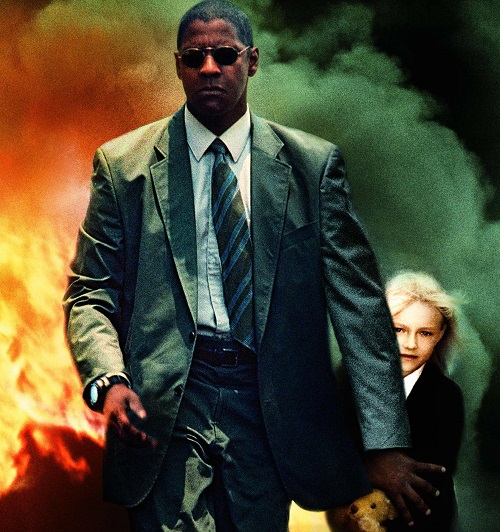
After Crimson Tide, the two men would not work together again until 2004’s Man on Fire – but after that, Washington would become Scott’s leading man of choice in what sadly proved to be the director’s final years.
[rtk_adunit_middle]
Washington would go on to reunite with Scott on 2006’s Deja Vu, 2009’s The Taking of Pelham 123, and 2010’s Unstoppable.
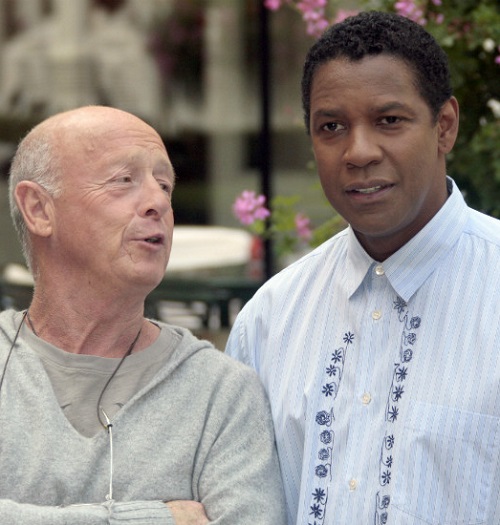
That last collaboration would be Scott’s final film as director; he died in August 2012, taking his own life aged 68.
[rtk_adunit_end]

